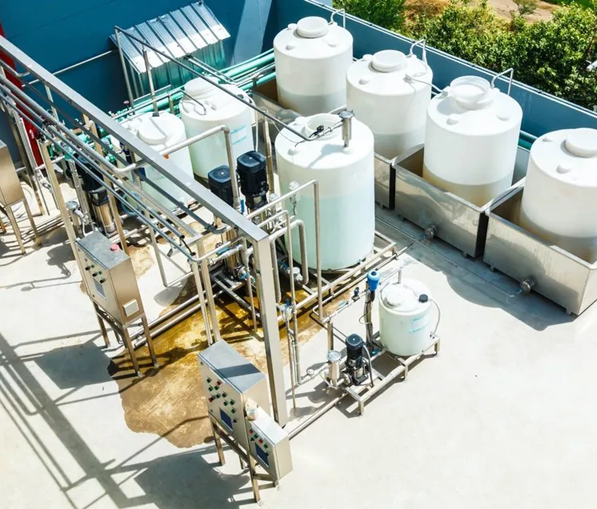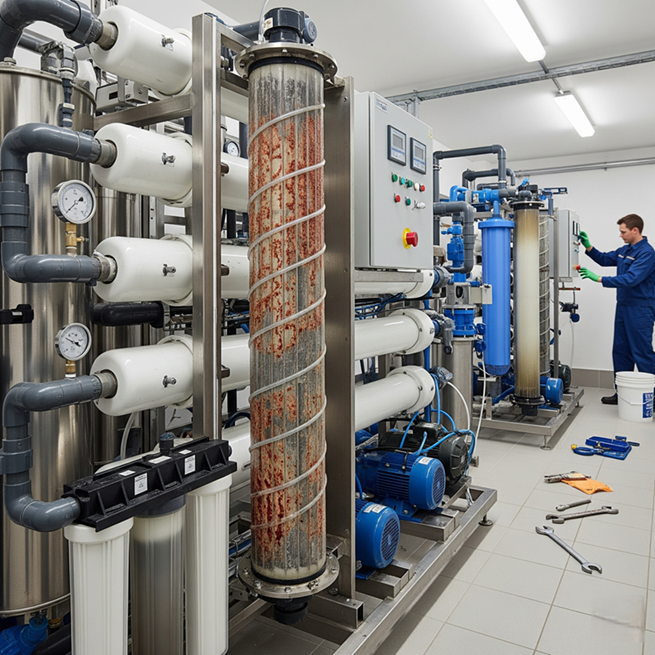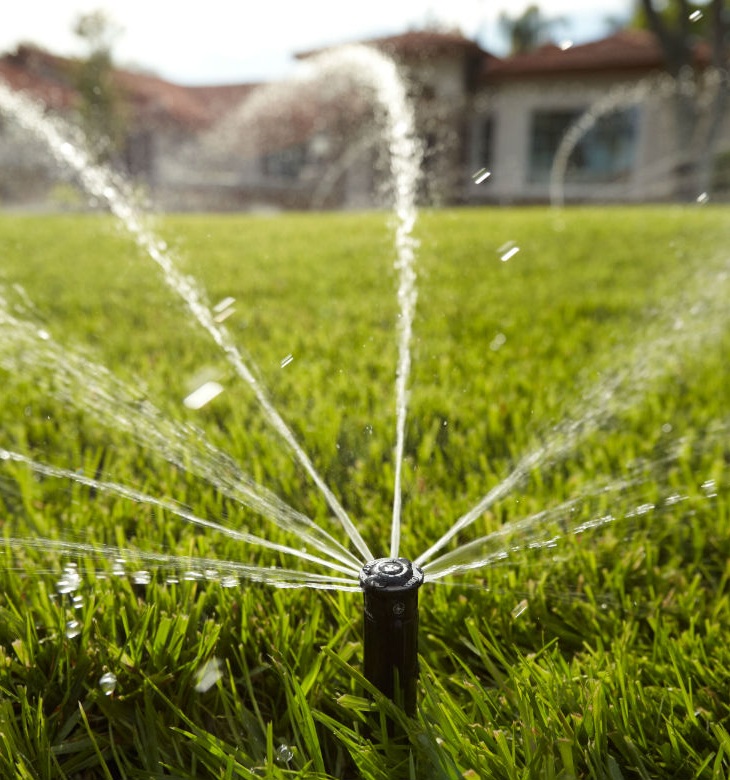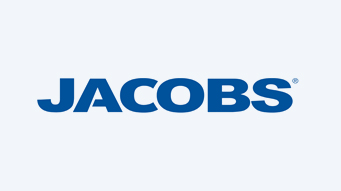
Latest Greywater Treatment Technologies
Greywater treatment technologies encompass a range of methods designed to treat wastewater generated from sources other than toilets, such as sinks, bathtubs, and laundry. With growing concerns about water scarcity and environmental sustainability, these technologies have gained significant attention for their potential to conserve freshwater resources and enable their reuse. With growing populations and expanding urban areas, the demand for effective water management solutions has made advances in greywater treatment a major focus for researchers and policymakers alike. The main greywater treatment technologies can be classified into physical, chemical, and biological processes, each targeting different pollutants and offering unique advantages and challenges. Physical treatments, such as filtration and sedimentation, effectively remove suspended solids, but often require complementary methods to comprehensively reduce pollutants.
Chemical treatments enhance pollutant removal through coagulation agents, although they can complicate subsequent processes due to pH changes. Biological treatments use microbial processes to decompose organic matter and often achieve high levels of pollutant reduction when combined with physical and chemical technologies. Recent innovations have introduced advanced methods, including membrane filtration and electrocoagulation, which improve treatment efficiency and expand the range of pollutants treated. Notably, the rise of decentralized treatment solutions has highlighted the potential of local graywater management systems, which can better meet specific community needs while reducing reliance on centralized infrastructure.
Regulatory frameworks related to graywater recycling. Overall, the latest graywater treatment technologies represent a significant step toward sustainable water management. They promise not only to improve water quality but also to contribute to resource recovery and environmental conservation. As research and development continues to refine these technologies, their role in addressing water scarcity and promoting environmentally friendly practices is likely to become increasingly prominent in global water management strategies.
Learn more about The design and construction of a graywater treatment plant in NEOM and AlUla
Types of Graywater Treatment Technologies
Greywater treatment technologies can be broadly classified into three main types: physical, chemical, and biological. Each type addresses different pollutants and offers distinct advantages in overall graywater management.
Physical Treatment Technologies
Physical treatment methods primarily focus on removing suspended solids and impurities through filtration and sedimentation processes. Common techniques include sand filters, grit filters, and mesh filters, which effectively capture larger particles such as hair and lint. These methods can achieve significant reductions in total suspended solids (TSS) and turbidity, often exceeding 80% efficiency.
However, physical treatments alone are typically insufficient to effectively reduce dissolved organic carbon and nutrients such as phosphorus and ammonia, necessitating the integration of chemical or biological processes for more comprehensive treatment.
Chemical Treatment Technologies
Chemical treatments involve the addition of coagulants and other chemicals to enhance pollutant removal. Coagulation processes, such as the use of calcium hydroxide (Ca(OH)₂) and ferric chloride (FeCl₂), have been shown to reduce chemical oxygen demand (COD) and biological oxygen demand (BOD) levels by up to 90%.
However, these treatments can alter the pH of graywater, which can complicate further treatment processes. The effectiveness of chemical treatments is often enhanced when combined with physical methods to remove solids before applying chemicals.
Biological Treatment Techniques
Biological treatment methods utilize natural microbial processes to break down organic matter within graywater. This approach typically involves systems such as aerobic bioreactors and manufactured wetlands, which facilitate the decomposition of organic contaminants.
Technologies such as rotating biological contactors (RBCs) can effectively reduce total suspended solids (TSS) by up to 95% and biological oxygen demand (BOD) by approximately 93%, although solids removal efficiency may be reduced due to insufficient flock formation under aerobic conditions. Biological treatments are often used in conjunction with physical and chemical methods to achieve optimal graywater management results.
Advanced Treatment Technologies
Recent advances in graywater treatment have led to the emergence of several innovative technologies, such as membrane filtration and advanced oxidation processes (AOP). Membrane filtration offers a cost-effective and environmentally friendly option for wastewater treatment. Electrolytic oxidation (AOP) uses powerful hydroxyl radicals to oxidize organic contaminants in the liquid media. These advanced systems enhance the overall effectiveness of graywater treatment, treat a wider range of contaminants, and improve water quality for reuse.
Emerging Technologies
The field of graywater treatment technologies is rapidly evolving, driven by innovative solutions and the integration of advanced methodologies. Recent developments highlight the emergence of advanced systems aimed at improving the efficiency, sustainability, and effectiveness of water management.
Electrocoagulation
Electrocoagulation (EC) has emerged as a pioneering treatment technology that uses electrical currents to purify water. This method causes contaminants to aggregate into larger particles, which can be easily removed. This effectively treats a wide range of contaminants, from heavy metals to pathogens.
Microscopic diseases. The adaptability of electrocoagulation makes it a promising solution for various industrial applications, transforming wastewater from a costly burden into a resource.
Smart Technologies and Automation
Recent innovations have highlighted the role of smart technologies in graywater treatment. For example, the integration of the Internet of Things and automation into treatment systems enhances operational efficiency and facilitates real-time water quality monitoring. These systems enable remote access and accurate performance assessments, reducing operational costs and improving environmental outcomes.
Moreover, technologies such as smart filtration systems and automated quality control mechanisms are gaining momentum, enhancing the efficiency and attractiveness of graywater recycling solutions.
Membrane Bioreactor (MBR) Technology
Membrane bioreactor technology has also gained significant importance in graywater treatment. MBR systems combine biological treatment processes with membrane filtration, producing high-quality effluents with low levels of contaminants such as biochemical oxygen demand (BOD) and chemical oxygen demand (COD).
The application of membrane bioreactor technology enables a continuous operational cycle with effective pollutant removal, making it suitable for both residential and industrial applications. This technology represents a significant advance in achieving sustainable water reuse practices.
Learn more about Graywater treatment using MBR technology
Decentralized Treatment Solutions
Decentralized wastewater treatment solutions are becoming increasingly important due to their potential to enhance water management efficiency. By reducing reliance on centralized systems, these solutions provide localized treatment options that meet specific community needs while enhancing sustainability. The adoption of green infrastructure in decentralized systems promotes efficient graywater management and reduces environmental impact.
Conclusion:
In conclusion, the latest graywater treatment technologies represent a cornerstone of sustainable water management strategies. By treating graywater from sources other than toilets, such as sinks, showers, and laundry, these technologies significantly contribute to conserving freshwater resources and reducing pressure on scarce water supplies. With continued research and development, the efficiency and versatility of these technologies are expected to increase. To include innovative solutions such as electrocoagulation, smart automated technologies, and membrane bioreactor systems. Integrating these advanced solutions, along with decentralized treatment systems, not only improves the quality of treated water but also opens the door to reusing water in diverse applications, from irrigation to toilet flushing. Adopting these innovations is crucial to addressing the challenges of water scarcity and promoting a more environmentally sustainable future.


























